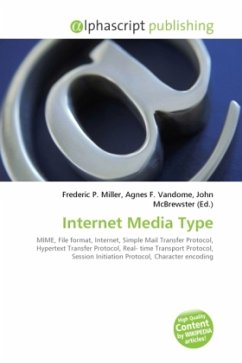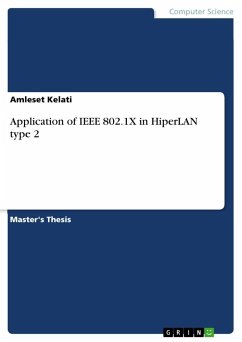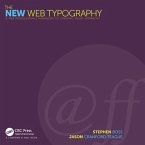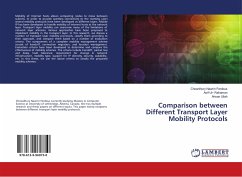An Internet media type, originally called a MIME type after MIME and sometimes a Content-type after the name of a header in several protocols whose value is such a type, is a two-part identifier for file formats on the Internet. The identifiers were originally defined in RFC 2046 for use in e-mail sent through SMTP, but their use has expanded to other protocols such as HTTP, RTP and SIP. A media type is composed of at least two parts: a type, a subtype, and one or more optional parameters. For example, subtypes of text type have an optional charset parameter that can be included to indicate the character encoding, and subtypes of multipart type often define a boundary between parts. Types or subtypes that begin with x- are nonstandard. Subtypes that begin with vnd. are vendor-specific; subtypes in the personal or vanity tree begin with prs. MIME is short for Multipurpose Internet Mail Extensions, a specification for formatting non-ASCII messages so that they can be sent over the Internet.
Bitte wählen Sie Ihr Anliegen aus.
Rechnungen
Retourenschein anfordern
Bestellstatus
Storno








